| DCD-008 |
Tanshinone IIA
Featured
|
Tanshinone IIA(Tanshinone B) is the diterpene quinone in Danshen, which is utilized in the treatment of cardiovascular and inflammatory. |

|
| DCY-021 |
Folic acid
Featured
|
>98%,Standard References |
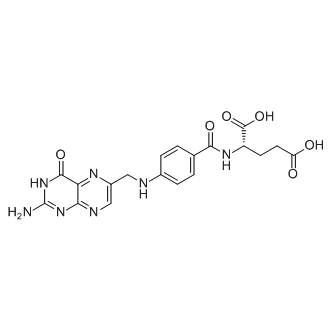
|
| DCX-025 |
Sanguinarine
Featured
|
Sanguinarine (Sanguinarin), a benzophenanthridine alkaloid derived from the root of Sanguinaria Canadensis, can stimulate apoptosis via activating the production of reactive oxygen species (ROS). Sanguinarine-induced apoptosis is associated with the activation of JNK and NF-κB.
At equivalent molar concentrations, both the salt and free forms of a compound exhibit comparable biological activity. Nevertheless, the salt form (Sanguinarine chloride) usually boasts enhanced water solubility and stability. |
.gif)
|
| DCC-047 |
Ailanthone
Featured
|
Ailanthone (Δ13-Dehydrochaparrinone) is a potent inhibitor of both full-length androgen receptor (AR) (IC50=69 nM) and constitutively active truncated AR splice variants (AR1-651 IC50=309 nM). |
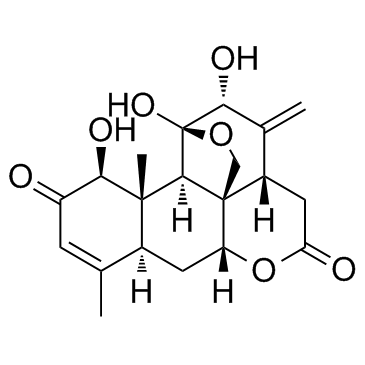
|
| DCD-031 |
Oridonin
Featured
|
Oridonin is an ent-kaurene diterpenoid extracted from the traditional Chinese herb Rabdosia rubescens, has multiple biological and pharmaceutical functions and has been used clinically for many years. |
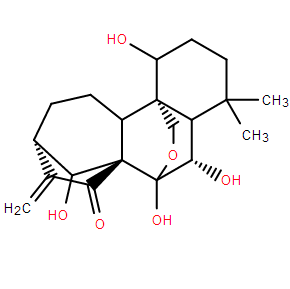
|
| DCY-016 |
Yohimbine hydrochloride
Featured
|
Yohimbine hydrochloride is an alpha-2 renal adenomatase receptor inhibitor, blocking pre- and post-contact alpha-2 renal adenomatase receptors, causing the release of renal adenoma and multiple sclerosis. |
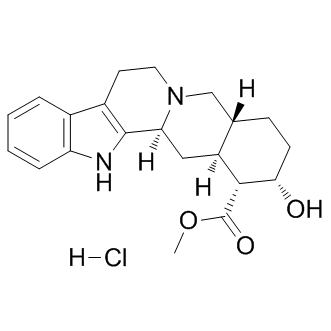
|
| DCY-048 |
Topotecan hydrochloride
Featured
|
Topotecan Hydrochloride (SKF 104864A Hydrochloride) is a Topoisomerase I inhibitor with potent antineoplastic activities. |
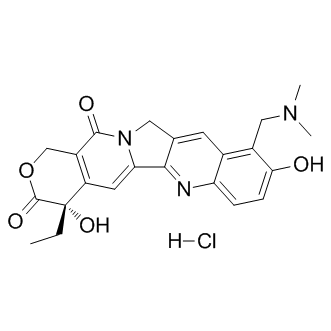
|
| DCY-155 |
Eupalinolide B
Featured
|
>98%,Standard References |

|
| DCN-014 |
Tauroursodeoxycholic acid
Featured
|
Tauroursodeoxycholate (Tauroursodeoxycholic acid) is an endoplasmic reticulum (ER) stress inhibitor. Tauroursodeoxycholate significantly reduces expression of apoptosis molecules, such as caspase-3 and caspase-12. Tauroursodeoxycholate also inhibits ERK. |
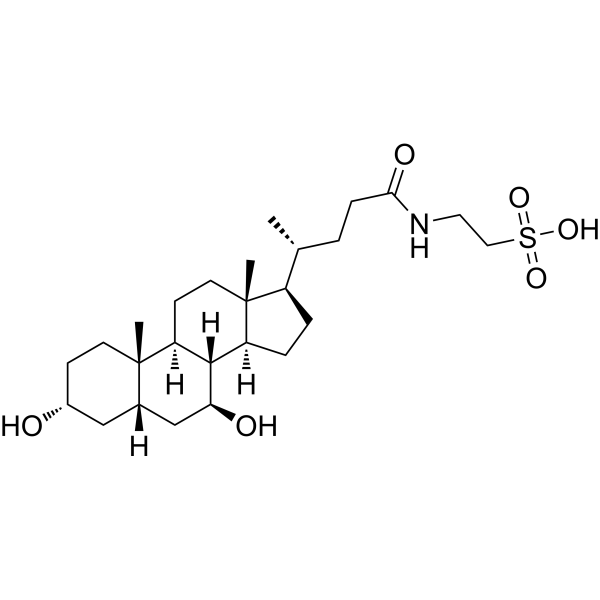
|
| DCT-004 |
Crustecdysone
Featured
|
Crustecdysone (20-Hydroxyecdysone) is a naturally occurring ecdysteroid hormone isolated from Serratula coronata which controls the ecdysis (moulting) and metamorphosis of arthropods, it inhibits caspase activity and induces autophagy via the 20E nuclear receptor complex, EcR-USP. Crustecdysone exhibits regulatory or protective roles in the cardiovascular system. Crustecdysone is an active metabolite of Ecdysone (HY-N0179). |
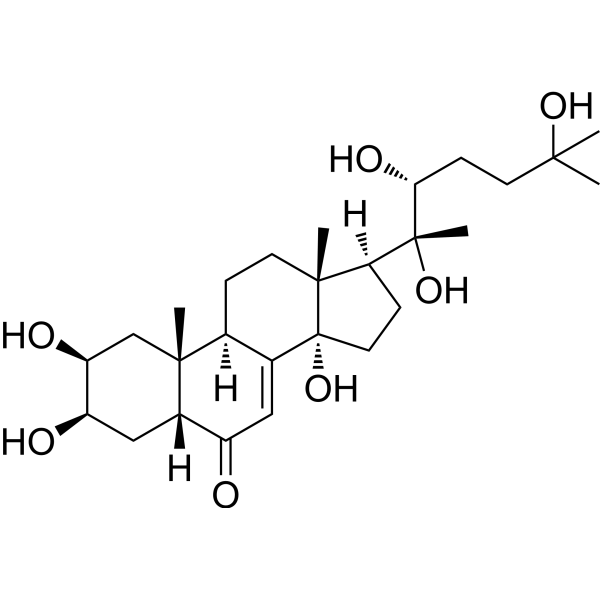
|
| DC82022 |
Reserpine
Featured
|
Reserpine is an inhibitor of the vesicular monoamine transporter 2 (VMAT2). |
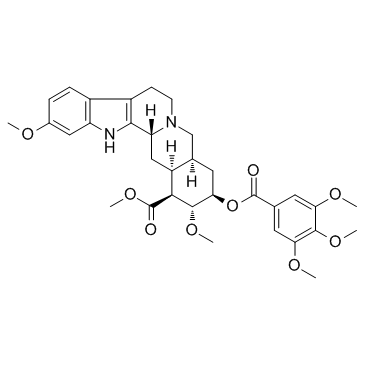
|
| DCF-003 |
Lycopene
Featured
|
>98%,Standard References |
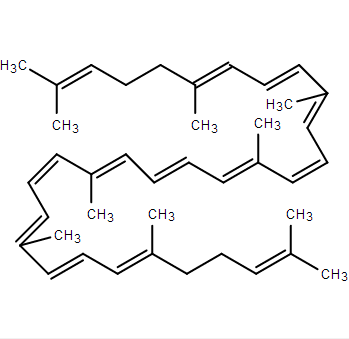
|
| DCG-004 |
Glycyrrhizic acid
Featured
|
>98%,Standard References |
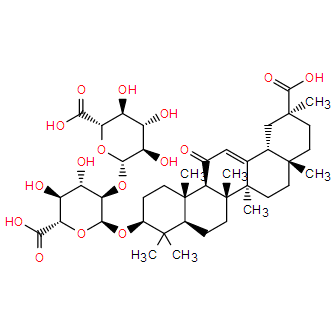
|
| DCR-015 |
Ginsenoside Rg1
Featured
|
Ginsenoside Rg1 is one of the major active components of ginseng. Ginsenoside Rg1 displays promising effects by reducing cerebral Aβ levels. Ginsenoside Rg1 also reduces NF-κB nuclear translocation. |
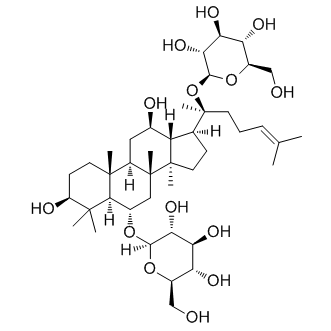
|
| DCG-043 |
Triolein
Featured
|
Triolein is a symmetric triacylglycerol that reduces upregulation of MMP-1 and has strong antioxidant and anti-inflammatory activities. |
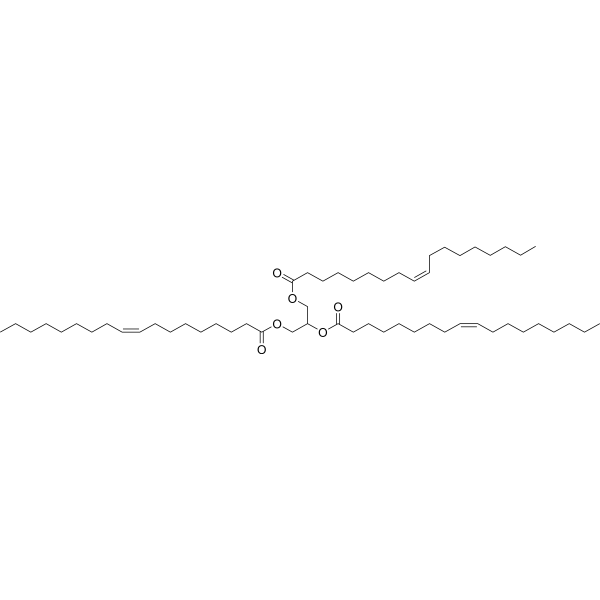
|
| DCB-029 |
Anemoside B4
Featured
|
Pulchinenoside B4 is a triterpenoid glycoside that inhibits cisplatin-induced apoptosis, increases in reactive oxygen species (ROS) production, and decreases in superoxide dismutase (SOD) and catalase activities. Pulchinenoside B4 also prevents increases in plasma blood urea nitrogen (BUN) and creatinine levels -- markers of kidney injury. |
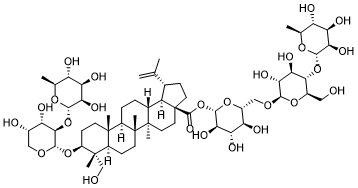
|
| DCW-004 |
Citric acid
Featured
|
Citric acid is a natural preservative and food tartness enhancer. Citric acid induces apoptosis and cell cycle arrest at G2/M phase and S phase in HaCaT cells. Citric acid cause oxidative damage of the liver by means of the decrease of antioxidative enzyme activities. Citric acid causes renal toxicity in mice. |
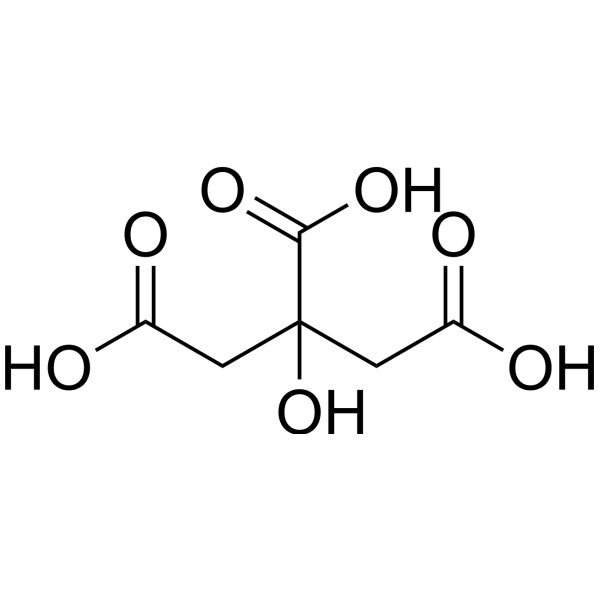
|
| DCH-057 |
Trigonelline
Featured
|
>98%,Standard References |
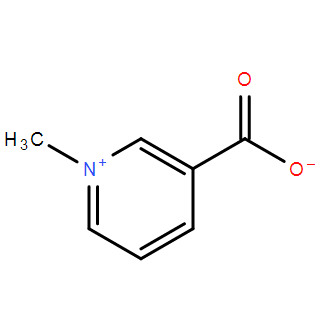
|
| DC2063 |
AG-L-59687
Featured
|
0 |

|
| DC4150 |
Menotrophin
Featured
|
0 |

|
| DC9991 |
MQAE
Featured
|
1-(Ethoxycarbonylmethyl)-6-methoxyquinolinium (MQAE) is a fluorescent indicator dye that can be used to measure intracellular and extracellular chloride concentrations (absorption/emission max: 350/460 nm). |

|
| DC7575 |
10058-F4
Featured
|
10058-F4 is a c-Myc inhibitor that specificallly inhibits the c-Myc-Max interaction and prevents transactivation of c-Myc target gene expression. |

|
| DC10075 |
10074-G5
Featured
|
10074-G5 is a c-Myc Max interaction inhibitor. |

|
| DC10857 |
10-Deacetylpaclitaxel
Featured
|
10-Desacetyl Paclitaxel is a semi-synthetic precursor of Paclitaxel that is used for biochemical research purposes. |

|
| DC20094 |
10-Hydroxydecanoic acid (NSC 15139)
Featured
|
10-Hydroxydecanoic acid (NSC 15139) is a saturated fatty acid of 10-hydroxy-trans-2-decenoic acid from royal jelly, with anti-inflammatory activity. |
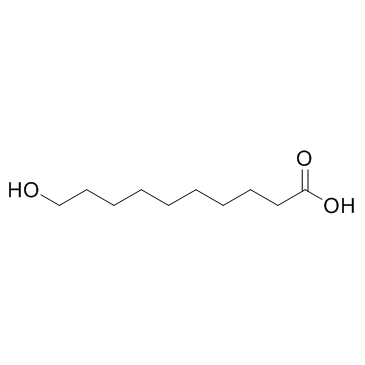
|
| DC12035 |
beta-boswellic acid
Featured
|
11-keto-β-Boswellic acid is a naturally occurring pentacyclic triterpene isolated from the gum resin exudate from the stem of the tree B. serrata (frankincense). |

|
| DC10858 |
13-Acetyl-9-dihydrobaccatin-III
Featured
|
13-Acetyl-9-dihydrobaccatin-III is an apoptosis inducer. |

|
| DC9998 |
1400W dihydrochloride
Featured
|
1400W dihydrochloride is a slow, tight binding, potent and highly selective inhibitor of inducible nitric oxide synthase (Kd = 7 nM). |

|
| DC9482 |
17-AAG
Featured
|
17-AAG (17-N-Allylamino-17-demethoxygeldanamycin), also known by its NSC number 330507 and CP number 127374, is a well-studied inhibitor of Heat Shock Protein 90 (HSP90). HSP90 is a molecular chaperone that plays a critical role in the stabilization and activation of a wide range of client proteins, many of which are involved in oncogenic processes. By inhibiting HSP90, 17-AAG disrupts the function of these client proteins, leading to the degradation of oncogenic proteins and ultimately inhibiting cancer cell growth and survival. |
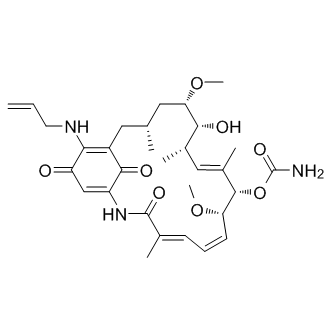
|
| DC11401 |
1A-116
Featured
|
1A-116 is a specific Rac1 inhibitor. |
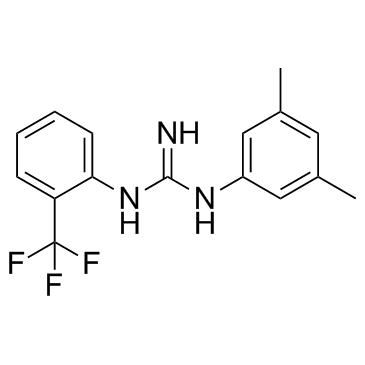
|


.gif)


























